BIM: What is? Why use it? What its future is?
What is BIM?
BIM is a collaborative work methodology that is representing a real revolution in the construction sector. The acronym BIM, derives from Building Information Modeling although its definition is evolving to Building Information Management.
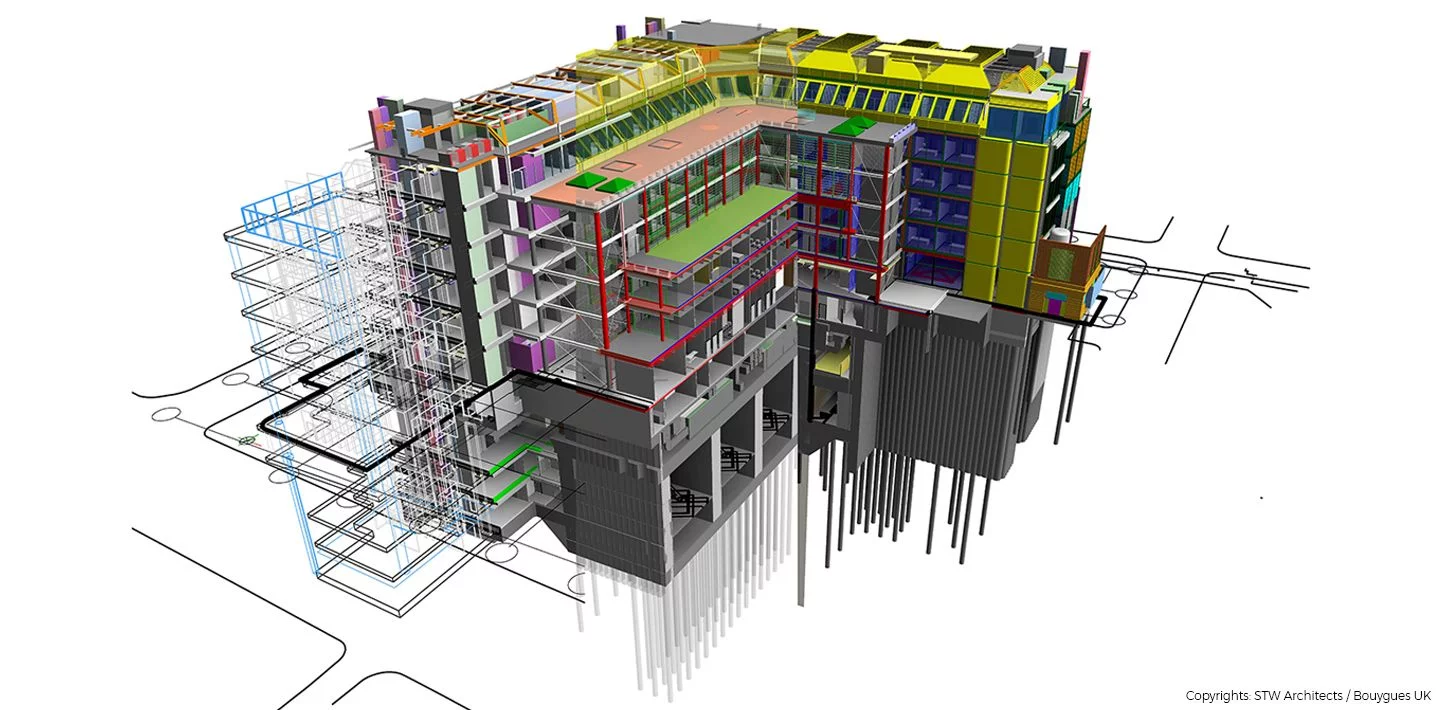
This new way of working is based on the use of an intelligent 3D model, based on data and not only on geometry.
In the 3D BIM model, there is a link at all times with the database, thus helping decision-making throughout the entire life cycle, from the design phase to construction and installation.
Objective
The objective of this philosophy is to ease collaboration between the different parties involved in the project by compiling complete project information digitally.
The fact that Building Information Management is becoming increasingly important today is not coincidence. This boom has arisen at a time when the collaborative economy is booming. BIM is therefore the new philosophy of collaboration applied to both the construction and industrial sectors.
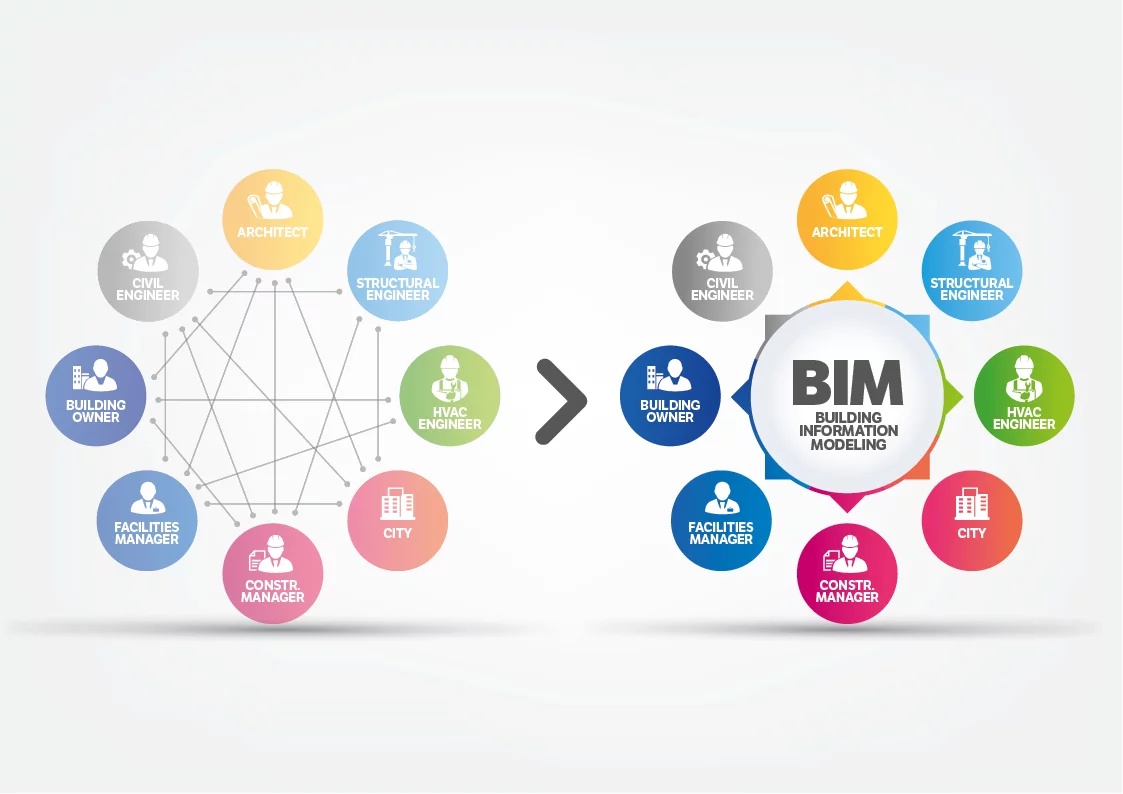
Why use BIM?
The Building Information Management methodology allows us to centralize all the information of the project in a single information model created by all the participating agents.
This represents an evolution with respect to the traditional design systems based on two dimensions, since it also incorporates: geometric, time, cost, environmental and maintenance information.
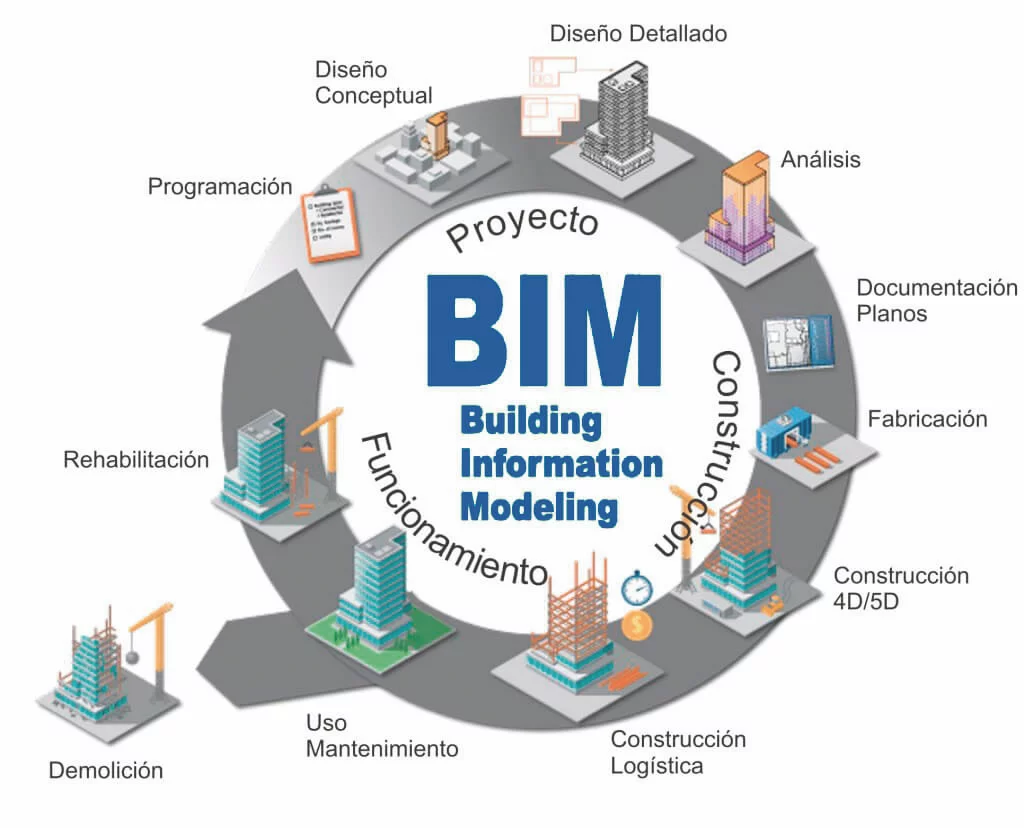
Until now, a construction project has spent relatively more time on construction than on its conceptualization.
This caused possible interferences to arise during the project construction, where making any modification was much more expensive.
The BIM format aims to change this trend, allowing the visualization of the facilities and physical constructions by each of the actors involved before the project construction.
In this way, possible problems can be detected in the initial stages of the design, being able to modify the 3D geometry of the building or the facilities before carrying out the construction, with the consequent saving in the investment of time and resources.
Advantage
In addition, the use of this work methodology provides many other advantages such as:
- Automatic updating of information. If an element is modified in BIM in a plant, it is automatically modified in sections, elevations and 3D views, thus minimizing human errors.
- Workflow improvement, all agents work on a single model, thus avoiding the lack of coordination between versions and the loss of information.
- Reducing costs and time, BIM allows you to have any information that is required at all times, so that different agents can work in real time and in a coordinated manner in a collaborative environment.
Ultimately, BIM advocates greater dedication and effort from all stakeholders at the beginning of the project, when a change is more effective and less traumatic, rather than make it at the end.
What is the future of BIM?
At a general level, currently only part of the potential that this work methodology can bring to the construction sector is being exploited, encompassing the 3D modeling of the building but it can go further.
In BIM we talk about 7 different dimensions, from the initial modeling (3D) to the scrapping of the building once its useful life (7D) has ended, going through other dimensions such as energy exploitation or cost management.
Today, we are still far from exploiting the BIM philosophy to its full extent, but within the construction sector there is a deep conviction that this will come.
The normalization of its use and the awareness that it is necessary to improve construction efficiency will be triggers to turn this philosophy into the most widely used work methodology in the construction sector.

(Source: Soler & Palau)
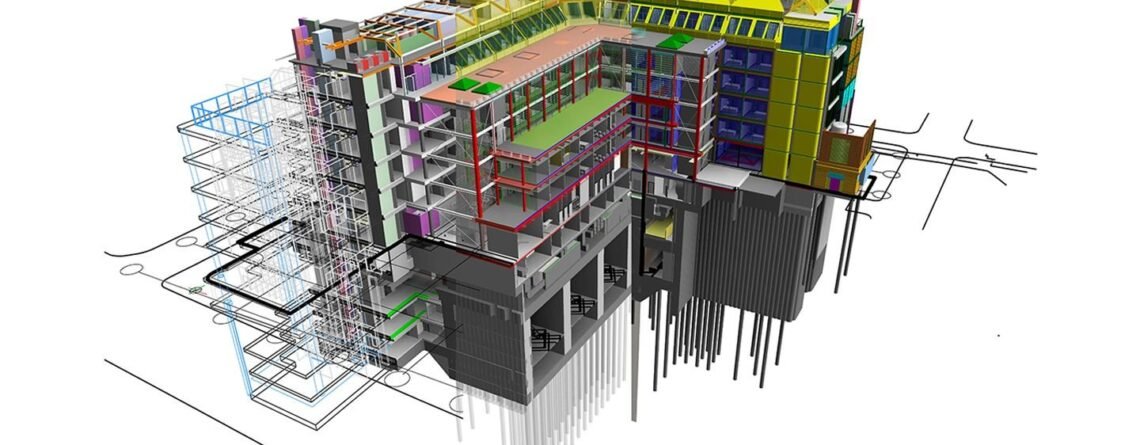







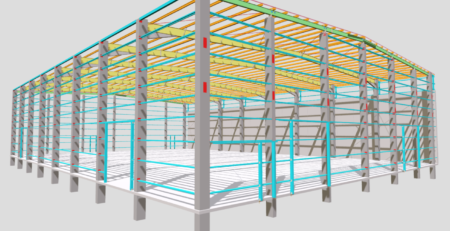

Leave a Reply